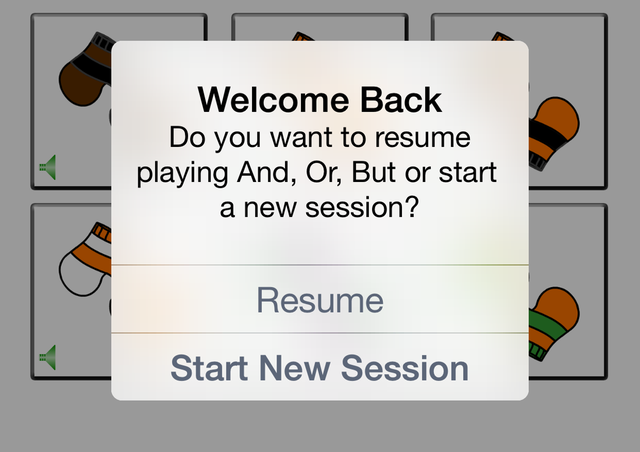I have two MySQL databases on my server for my customers. One has customers who work for universities and one has customers who purchased from our website or made inquiries by phone or email. There is some overlap between the two and for the latest product announcement, I wanted to avoid sending duplicate emails. I usually use a php script to do my queries. If I am sending to just one group, the query is fairly straightforward.
require_once('marketing_database_my.inc');
$fname = "./MarketingExports/email.txt";
$sql = "(SELECT name, email FROM Universities ";
$sql .= "WHERE email IS NOT NULL AND email != '' ";
$sql .= "AND duplicate_email = 0 ";
$sql .= "AND remove_email != 1) ";
$result = $dbMKT->query($sql);
$numRecords = mysqli_num_rows($result);
echo "There are $numRecords records.";
// Open the file to save the words
$fp = fopen($fname, 'w');
if (!$fp) {
echo "Couldn’t open file.";
} else {
echo "Save to file $fname.<br />";
for ($i = 0; $i < $numRecords; $i++) {
$row = $result->fetch_array();
$id = $row["id"];
$company = trim($row["company"]);
$name = trim($row["name"]);
$email = trim($row["email"]);
// Add to the email mail list
$info = "\"$name\" <$email>";
fwrite ($fp, "$info" . "\r");
}
}
fclose($fp);
However, if I want to combine the University list and the other customers list, I need to adjust the query a bit by using a UNION
$sql = "(SELECT name, email, company FROM Customers ";
$sql .= "WHERE email IS NOT NULL AND email != '' ";
$sql .= "AND duplicate_email = 0 ";
$sql .= "AND remove_email != 1) ";
$sql .= "UNION ";
$sql .= "(SELECT Universities.name, Universities.email, Universities.title FROM Universities, Customers ";
$sql .= "WHERE Universities.email IS NOT NULL AND Universities.email != '' ";
$sql .= "AND Universities.duplicate_email = 0 ";
$sql .= "AND Universities.remove_email != 1 ";
$sql .= "AND Universities.email != Customers.email) ";
$sql .= "ORDER BY email ";
Two things to note. Name and email are the same in both tables. However, some of my customer records have the customer name as the company and a blank name field. The UNION won’t work if there are a different number of fields in the SELECT statement, so I include the title field for Universities just to make MySQL happy.
I can order by email because it is in both tables. Notice also that I had to tell the second part of the query which table to work on for the WHERE statement.
